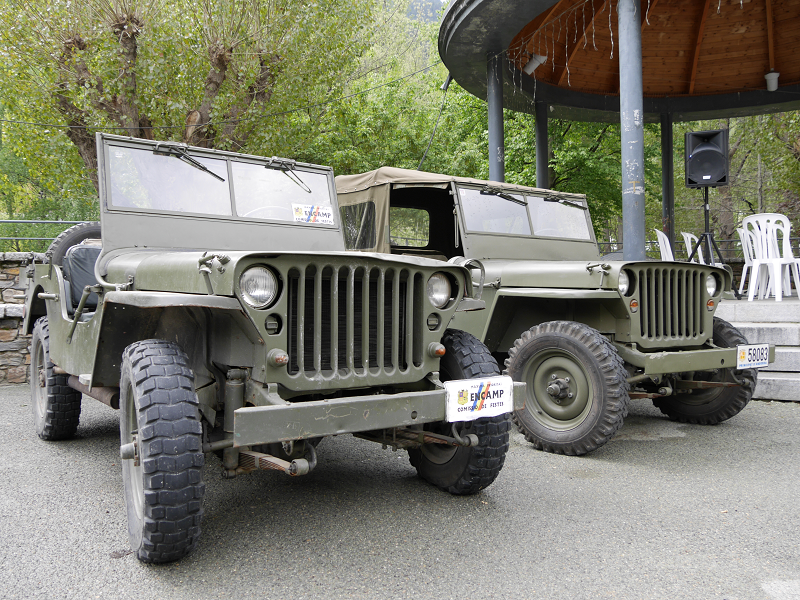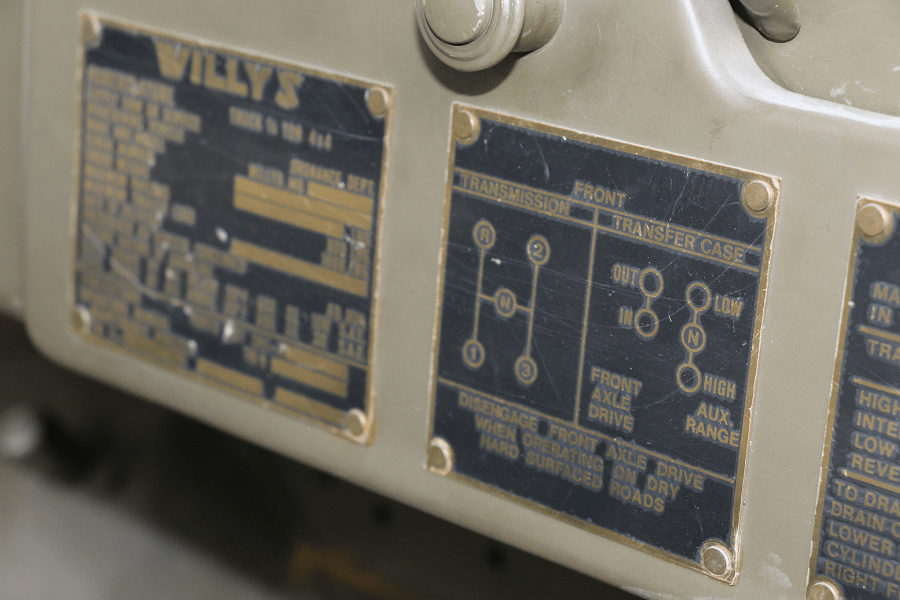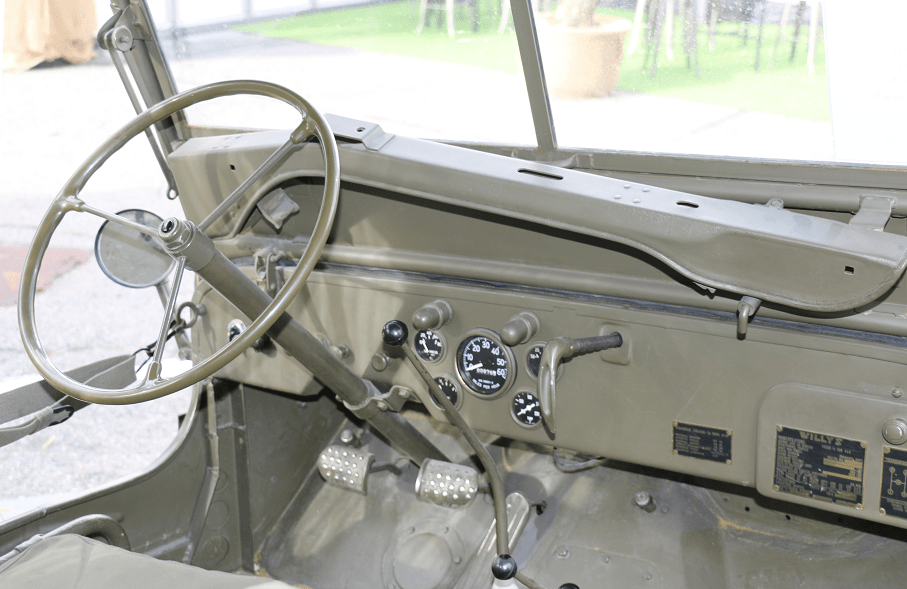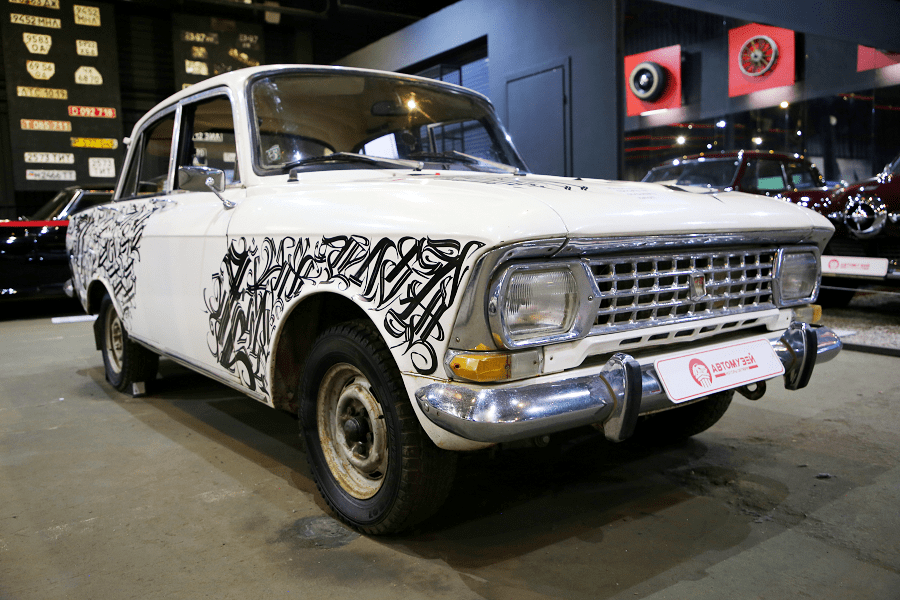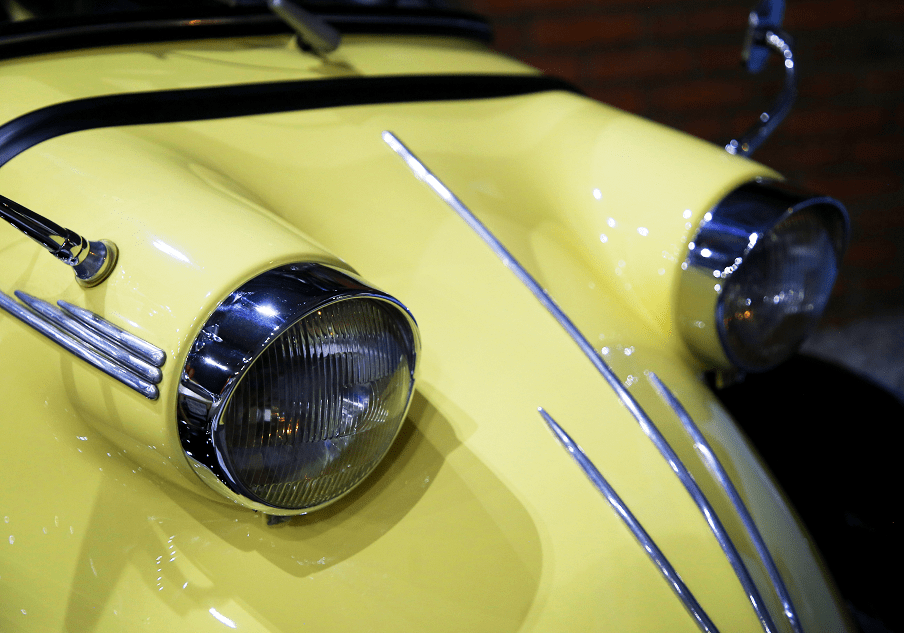Willys MB: brothers in arms. U.S. Army Truck
The Willys MB and the Ford GPW, formally the U.S. Army Truck, 1⁄4-ton, 4×4, Command Reconnaissance, informally the Willys Jeep, Jeep, or jeep, and sometimes referred to by its supply catalogue designation G503, are American off-road four-wheel drive military light utility vehicles, built in large numbers to a single standardized design, for the United States and the Allies of World War II from 1941 until 1945.
The U.S. Army had been requesting a small, light four-wheel drive vehicle since the early 1920s, to replace the motorcycles, older vehicles, and animals used as transportation during World War I. Though early concepts were prototyped in the 1930s, the jeep’s actual design and development occurred shortly before American entry into World War II.
The jeep became the workhorse of the U.S. military during the war, replacing horses and draft animals in almost every role from cavalry to logistics, while improvised field modifications made the jeep capable of performing practically any other function necessary. An amphibious variant of the jeep, the Ford GPA, was also produced, but its flaws compared to other Allied amphibious vehicles led to its quick discontinuation.
With almost 650,000 units built, the jeep constituted a quarter of the total U.S. non-combat motor vehicles produced during the war, or almost two-thirds of the 988,000 light 4WD vehicles produced, when counted together with the Dodge WC series.
The jeep massively outproduced its primary Axis counterpart, Nazi Germany’s Volkswagen Kübelwagen, which only had a production total of 50,000 units. Large numbers of jeeps were provided to U.S. allies through Lend-Lease.



